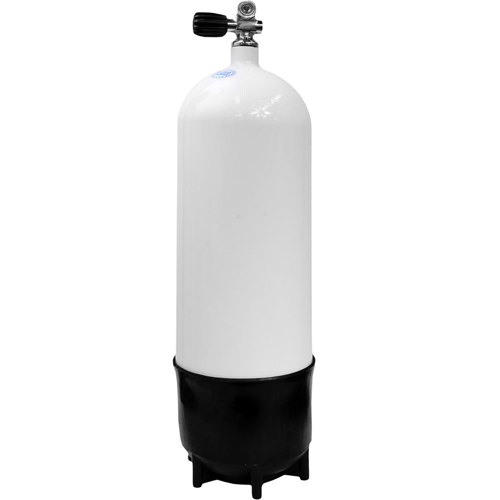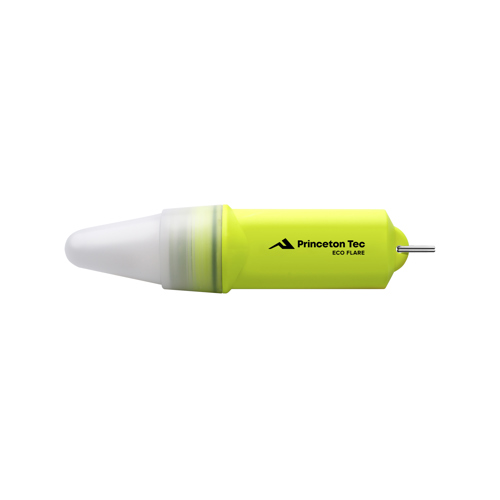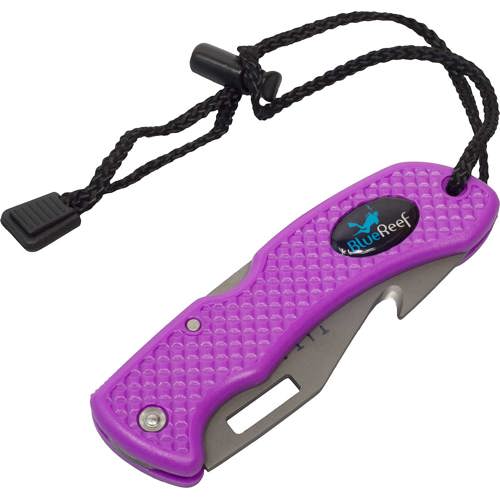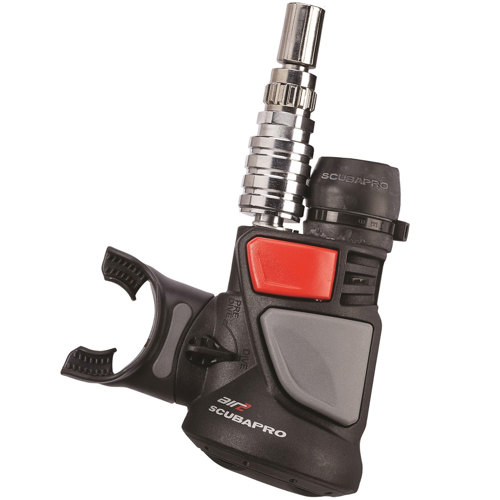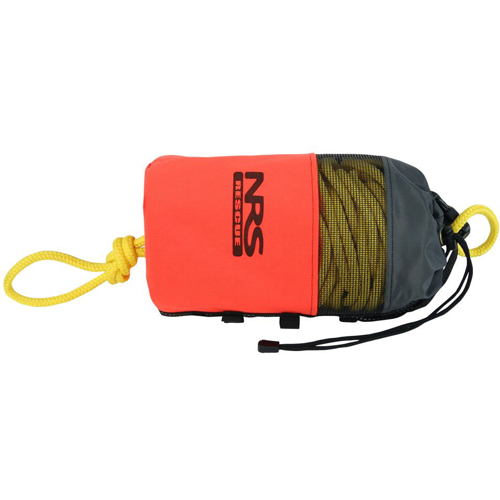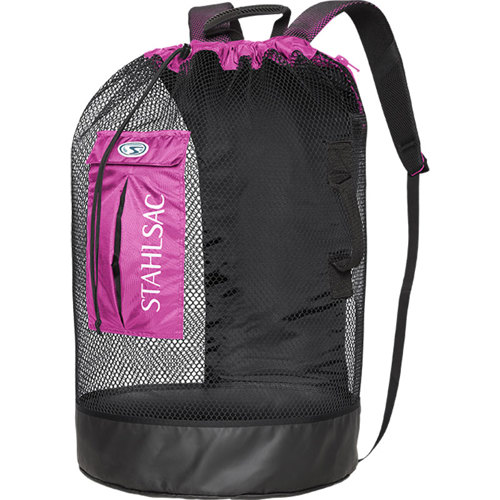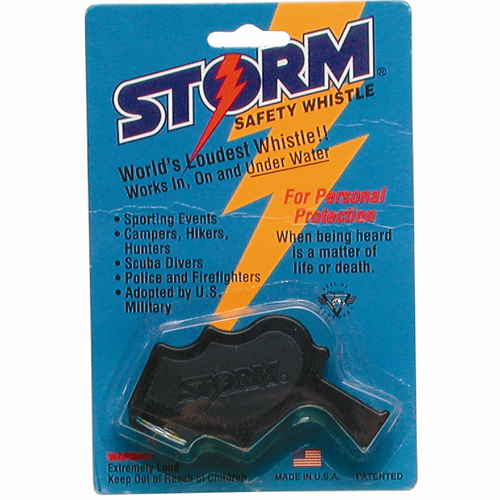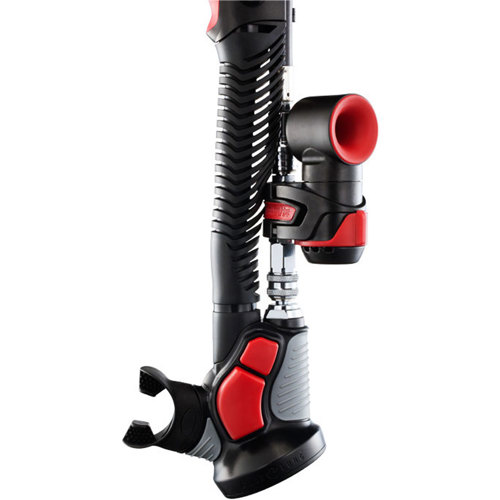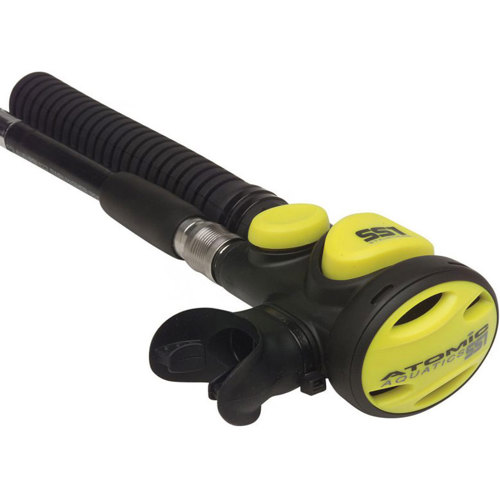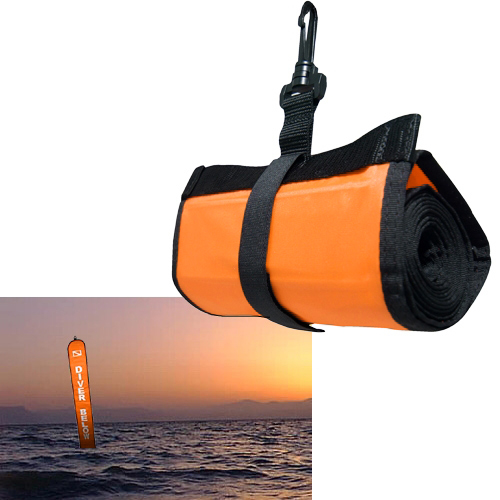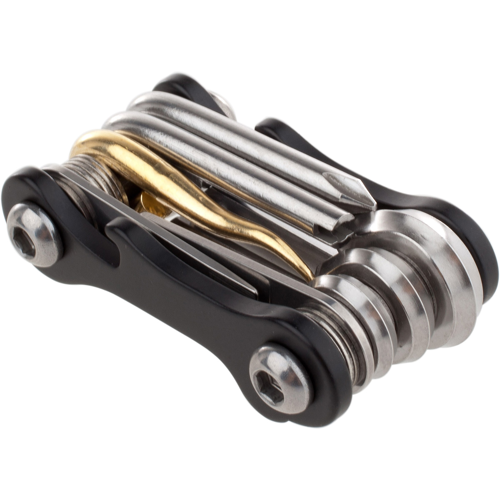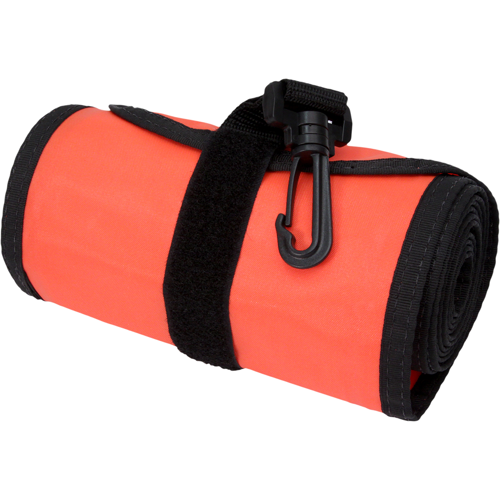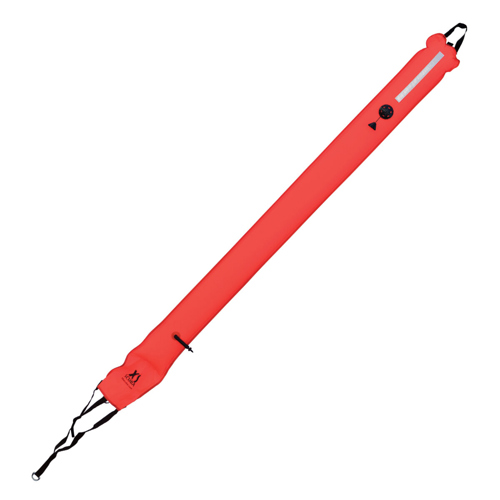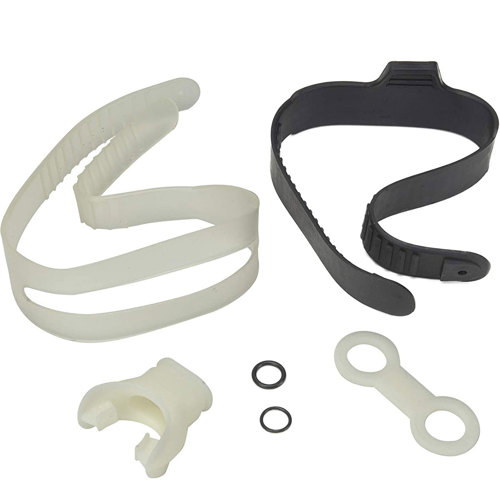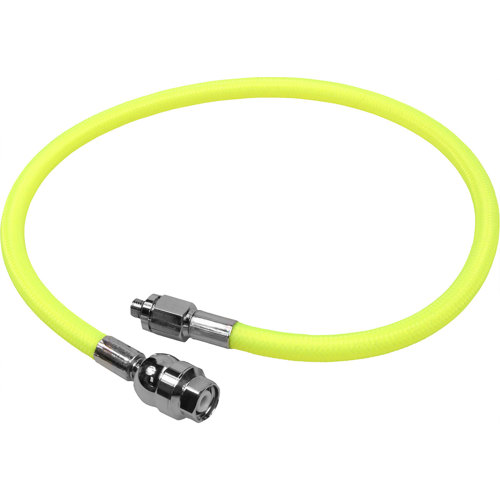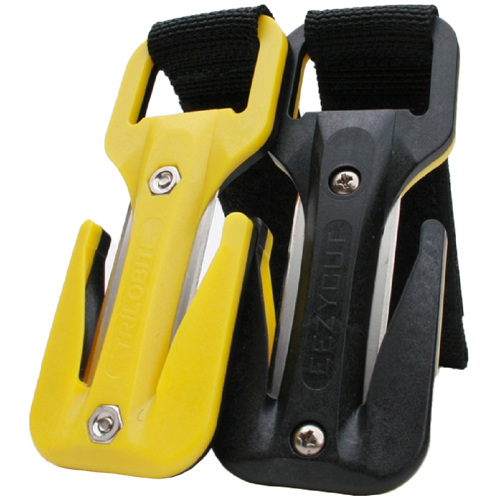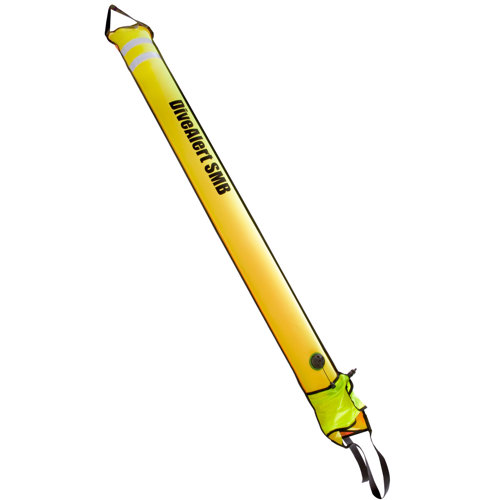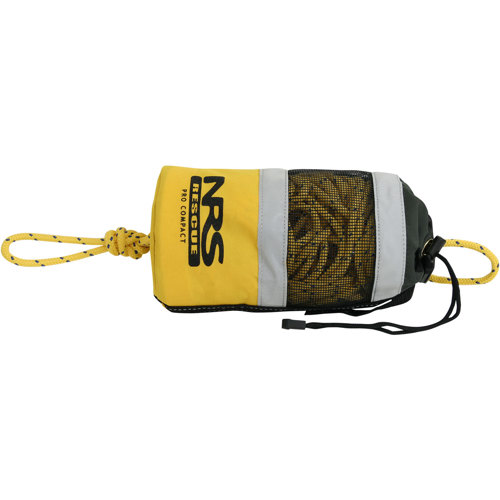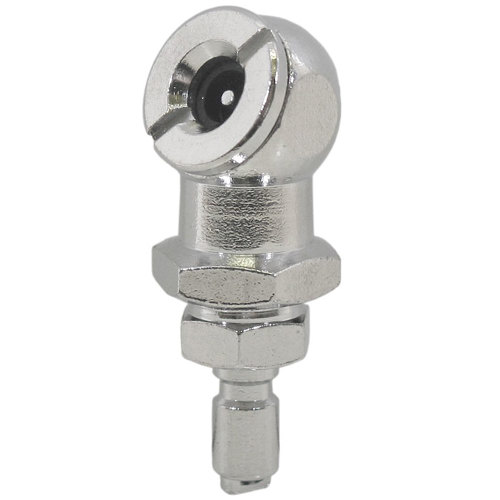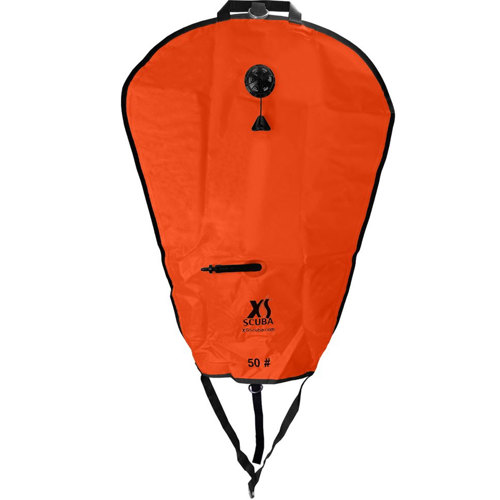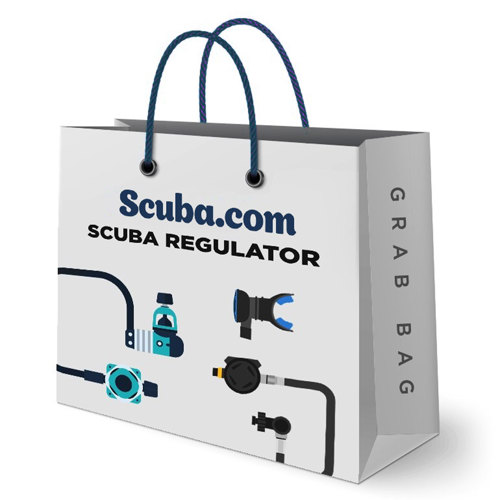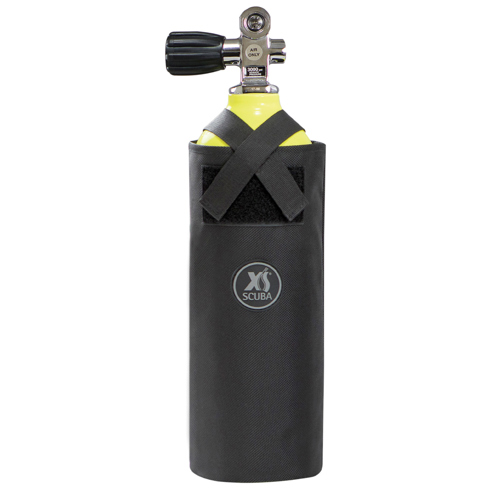Emergency Scuba Gear
$314.95
Save:
$40
(13%)
In Stock
$359.95
Save:
$44
(12%)
In Stock
DESCRIPTION
A convenient and versatile Blue Reef folding knife made of titanium, perfect for scuba diving with its sharp drop point tip and spring-loaded lock.
- Sharp and durable blade
- Compact and lightweight design
- Reasonable price for quality
- Rust and corrosion resistance
- Versatile and functional for diving
DESCRIPTION
A high-visibility rescue throw bag with durable nylon and mesh construction and 1900 lb load capacity.
- Reliable and effective in emergency situations
- Versatile and fits various needs
- Provides a feeling of safety and confidence
- High quality materials and construction
- Easy to use and deploy rope
DESCRIPTION
A durable and versatile mesh backpack with padded shoulder straps and multiple pockets for wet and dry gear.
- Convenient and easy to use
- Durable and sturdy construction
- Spacious with plenty of room for gear
- Large capacity with dry storage compartments
- Versatile with multiple carrying options
$514.90
Save:
$134.95
(26%)
In Stock


